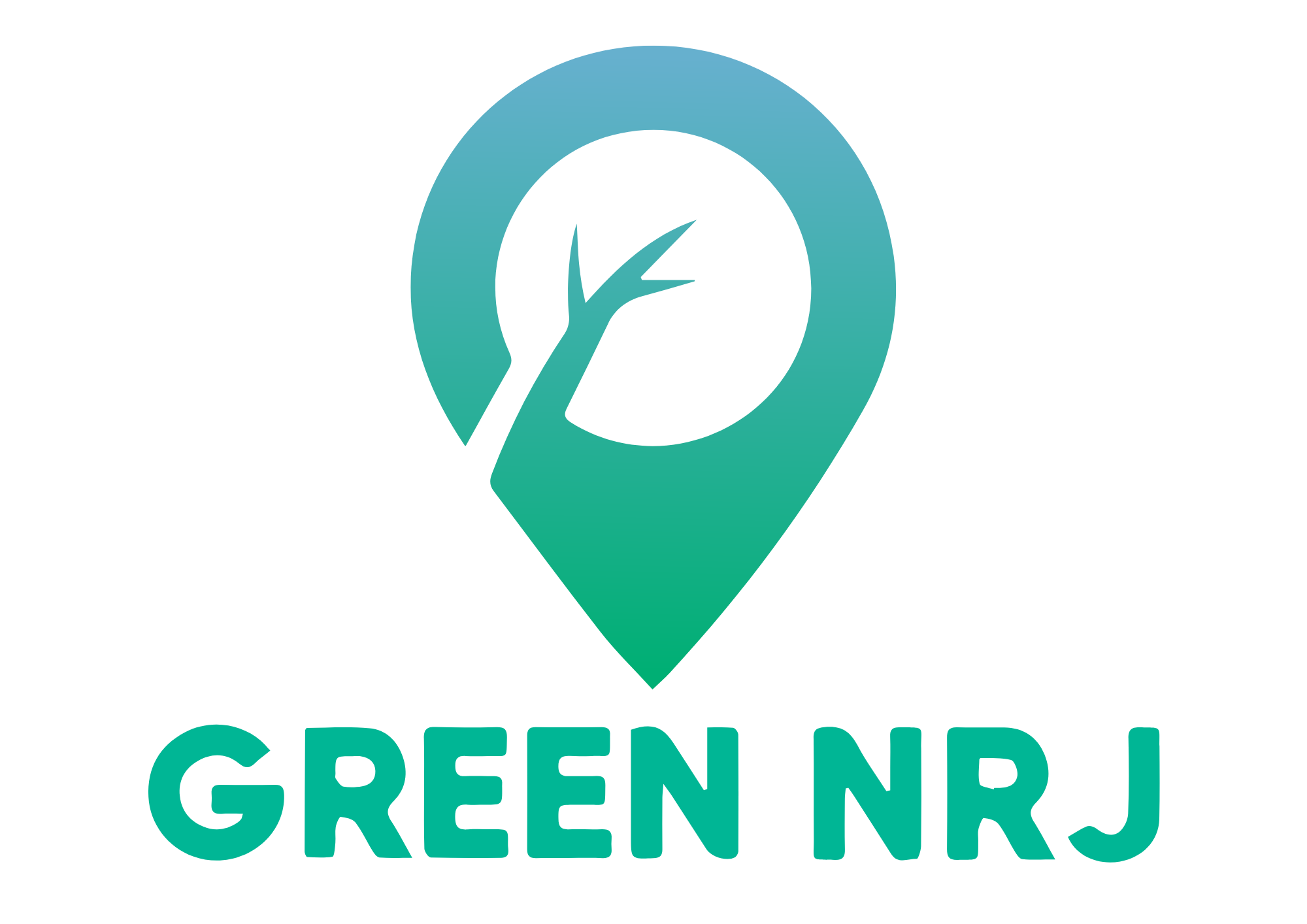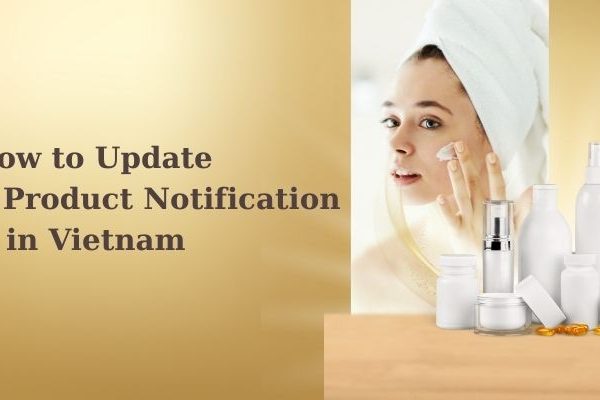- If you have any questions, please contact us!
- +84 965 624 065
- info@greennrj.com.vn

Cosmetic Labeling Requirements in Vietnam: Full Legal Guide & Best Practices (2025)
April 23, 2025
Preservatives, UV Filters and Colorants in Cosmetics – Top 7 Powerful Compliance Requirements for Cosmetic Notification in Vietnam
April 25, 20251. Introduction
Update cosmetic product notification in Vietnam is a mandatory process for cosmetic businesses to maintain compliance with local regulations. Cosmetic products in Vietnam must be notified to the Drug Administration of Vietnam (DAV) before they are allowed to be circulated on the market. Once your product has received the official Notification Receipt from DAV, it may legally enter the market.
However, in the dynamic cosmetic industry, changes to product details are inevitable. You might update your packaging design, change your company’s address, or reformulate your product for better performance. In any of these cases, it is crucial to determine whether the change you are making requires a new product notification (re-notification) or just a supplementary update to the existing Notification Receipt.
This guide will walk you through the relevant legal regulations, help you classify the types of changes, and explain step-by-step how to handle each situation. Whether you are a foreign investor, local distributor, or brand owner, this article will help you ensure full compliance with Vietnamese cosmetic regulations.
2. Legal Basis for Updating Cosmetic Notification
The legal foundation for managing cosmetic product notifications in Vietnam lies in Circular No. 06/2011/TT-BYT, which regulates the management of cosmetic products. Under this circular, Appendix 05-MP clearly outlines two groups of changes:
- Group A: Changes that require a completely new notification. These changes are deemed significant enough that the product is no longer considered the same as originally notified.
- Group B: Changes that allow for a supplementary update. These are relatively minor modifications that do not fundamentally alter the nature of the product but still require official approval from DAV before being implemented in the market.
Understanding which category your change falls into is essential, as incorrect procedures could lead to administrative penalties, product recalls, or delays in distribution.
3. Types of Changes: Re-Notification vs. Update
To simplify this classification, we have organized the most common changes in the table below, along with the required action:
| Type of Change | Required Action |
|---|---|
| Change in brand name or product name | New notification required – This is a major change, as the name defines the product identity. |
| Change in product form (e.g., cream to gel) | New notification required – The physical form affects user application and perception. |
| Change in intended purpose (e.g., from moisturizer to anti-acne cream) | New notification required – Product claims must be reevaluated by DAV. |
| Modification of formula or ingredients | New notification required – Ingredient changes may impact safety and efficacy. |
| Change in manufacturer or packaging location (name and/or address) | New notification required – Production site impacts product control and GMP compliance. |
| Change of the company responsible for placing the product on the market (new entity) | New notification required – Legal responsibility shifts to another entity. |
| Change in name or address of responsible company (same business registration license) | Supplementary update – Allowed if the company remains legally the same. |
| Change in importer details | Supplementary update – Required to reflect accurate product flow and traceability. |
| Change in legal representative of the company | Supplementary update – Must be reported but doesn’t require re-notification. |
| Change in packaging, size, label layout | Supplementary update – Only if packaging details are part of the original notification dossier. |
Important: No matter the type of change, DAV must issue an official approval for any update before the new version of the product can be circulated. Never distribute a product with modified details before receiving this written confirmation.
4. Required Documents and Procedures
Depending on whether your change is classified as a re-notification or a supplementary update, the documents and steps involved will differ.
A. For Supplementary Updates
These are less complex and faster to process, but they still require a formal submission:
Required Documents:
- A request letter detailing the nature of the update, signed and stamped by the legal representative of the company.
- Supporting documentation such as updated product labels, business registration certificate, or power of attorney if a third party is applying on your behalf.
- A copy of the original Notification Receipt.
Procedure:
- Prepare all necessary documents.
- Submit the dossier to DAV.
- Wait for confirmation and approval in writing.
Estimated Processing Time: 5 – 7 working days from the date of valid submission.
Note: The change shall only take effect upon written approval by the competent state authority.
B. For Re-Notification (New Notification)
This process mirrors the initial cosmetic notification process.
Required Documents:
- New notification dossier, fully updated.
- Documentation proving the change (e.g., new formula specs, updated GMP certificates).
- Online submission through DAV portal and fee payment.
Estimated Processing Time: 30 – 45 working days.
Failure to follow these procedures can result in suspension of product circulation, administrative fines (ranging from VND 5 million to 30 million), or revocation of the Notification Receipt.
5. Common Questions (FAQs)
Q1: I updated my company address but the business license remains unchanged. Do I need to submit a new notification?
A: No. You only need to submit a supplementary update with supporting documents such as the updated business license or office lease contract.
Q2: What if I redesign the label but the ingredients and claims stay the same?
A: If the new label still matches the contents of the Notification Receipt and complies with cosmetic labeling regulations, you can submit it as an update.
Q3: Can I launch my revised product before DAV’s approval?
A: Absolutely not. Doing so may result in fines, product recall, or license suspension. Always wait for written confirmation from DAV.
Q4: I want to change from a tube to a jar packaging. Do I need to re-notify?
A: If the product content remains the same and packaging was not a defining factor in the original CPN, a supplementary update is sufficient.
6. Key Notes on Cosmetic Notification Updates in Vietnam
- Classify the change correctly
- Never distribute without approval
- Use DAV’s portal for submission
- Keep clear records
- Stay updated on regulations
7. Why Choose Green NRJ
At Green NRJ, we understand that managing cosmetic notifications can be time-consuming, especially when rules seem unclear or frequently updated.
Our experienced team offers:
- A precise review of your intended changes to determine the correct procedure.
- Preparation of complete and compliant documentation.
- Direct online submission through DAV’s system.
- Ongoing communication with regulatory officers to ensure timely processing.
We work with both local and foreign clients and maintain strict confidentiality for all submissions. Whether you’re updating one detail or re-notifying multiple products, we’re here to make the process smooth and stress-free.
📞 Contact us today for a consultation and let us help you stay compliant while focusing on growing your brand in Vietnam’s fast-growing cosmetics market.
Related Articles
- How to Import and Sell Cosmetics in Vietnam
- Comprehensive Guide to Cosmetic Registration in Vietnam
- Comparison: Company vs. Cosmetic Notification Holder in Vietnam
- How to Group Multiple Cosmetic Products Under One Notification
- PIF for Cosmetics in Vietnam: What It Is and Why It Matters
- Everything About Cosmetic Advertising in Vietnam (2025 Guide)
- Cosmetic Notification Holder – Import Without Opening a Company
- Cosmetic Product Formula for Import into Vietnam: Legal Requirements & Best Practices (2025 Guide)
- Guide to Cosmetic Labeling in Vietnam: Legal Compliance and Best Practices




